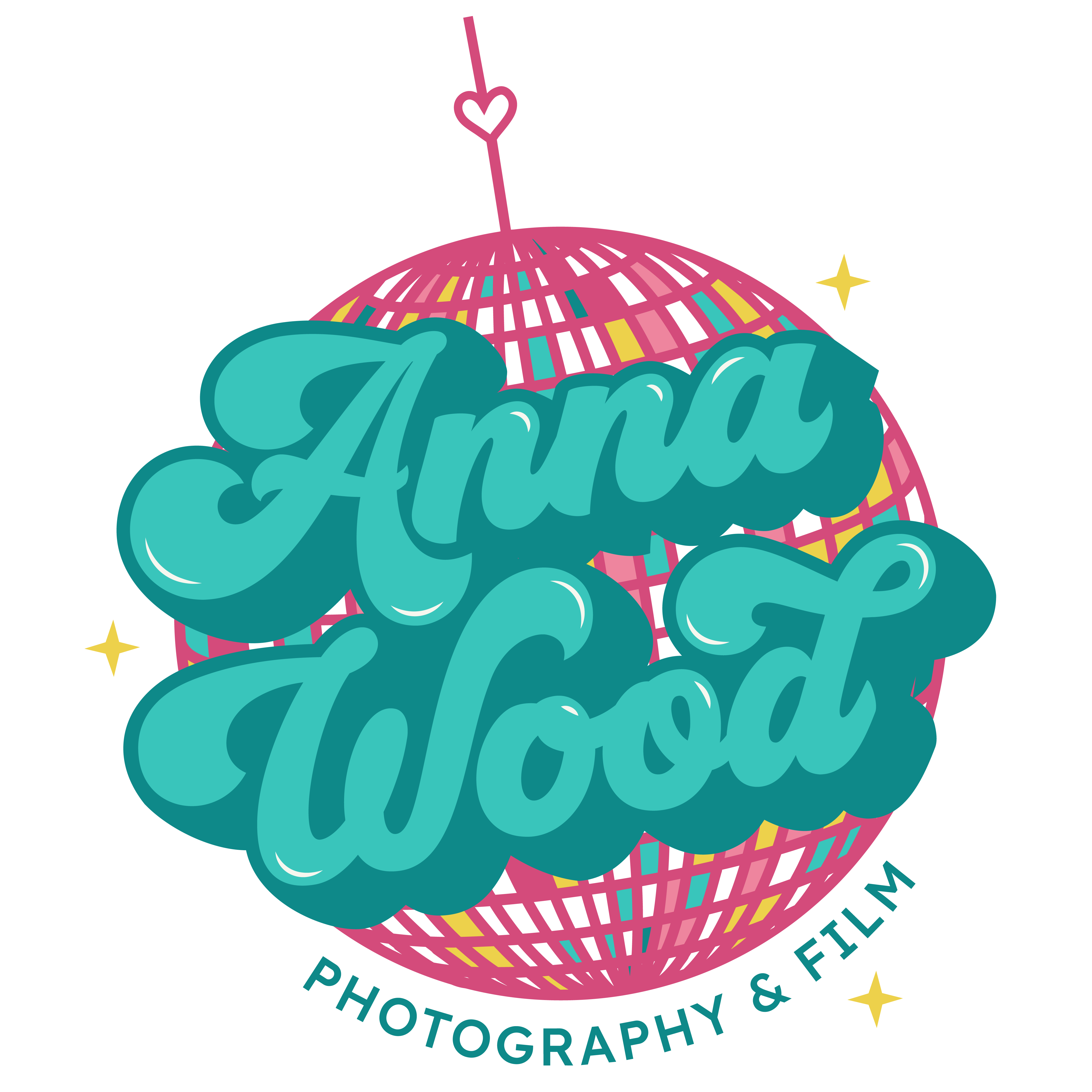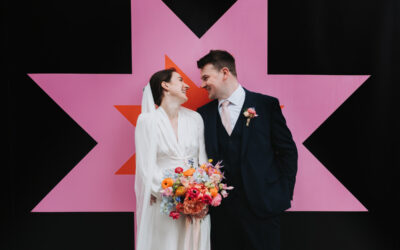In the early 1950s, Britain was enjoying a new decade of peacetime. While the sound of planes and bombs may have subsided, the effects of the war were still very present. Mass rebuilding was taking place both here and in Europe, and food production was still affected. This meant that rationing remained in part until 1954.
I have always found it fascinating that my grandparents met and married in this post-war haze. Both were too young to have fought in the war. They spent their teenage years with the threat of air-raids and crippling news from overseas. They met through a choir they both sang in. This is basically how most people met and it seems to me it was basically a dating group as well as a singing group. Anyway, my existence is in part to that choir so I’m thankful for it!
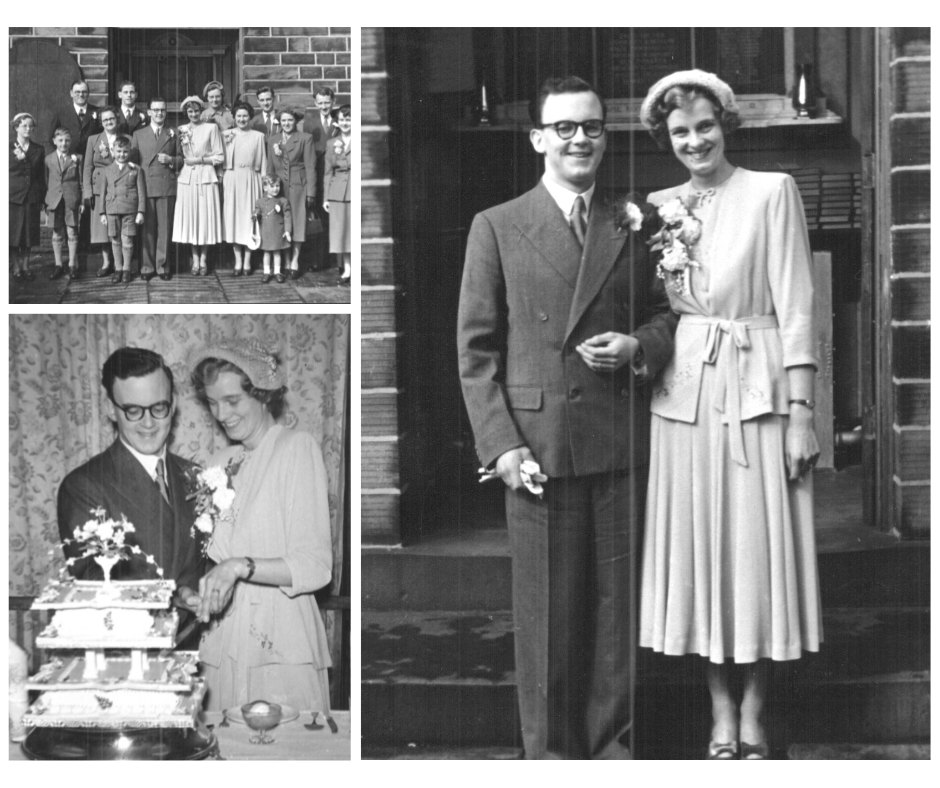
Photographs by Mr Maxlow, Birstall, Yorkshire
They married in 1952. My Grandma wore a new outfit – not a wedding dress, but a dress she would wear again. My Grandad wore his best suit. You can see he is carrying gloves (I often wonder when did men stop doing that?) and they smile together for a photo. After the service they had a meal at the restaurant at their local coop. A buffet, a nice cake, speeches, cheers, laughter and then it was finished. Their wedding was a great extravagance, both in money and rations. Sugar and butter were both still rationed at this point so I imagine the cake would have been a difficult feat on its own.
Fast forward to 2023 and we are in a new era of challenge. Thankfully we haven’t been at war and I don’t want anyone reading this to think I am in any way comparing the past few years to the horrors of WWII, nor that the past 3 years haven’t been an immense challenge in their own right. Food, while not rationed, is getting more and more expensive. At the time of writing, it is estimated that staple food items are around 180% more expensive than they were a year ago and this is still rising. It doesn’t stop at food either: a rise in energy prices means that the cost of all goods and services is increasing.
I’m a firm believer that anyone should be able to get married whatever their budget. So here are a few ideas from 1940s and 1950s weddings to help your budget go further than you might have expected.
The Venue
During my research for this I read that a lot of wedding receptions were simple tea and cake parties at home. This made me smile as I was part of so many weddings like this in the pandemic. I’m not saying you need to use your home, but perhaps it might be worth looking for a more simple option than an actual wedding venue. Places you could consider:
- A village hall
- A scout camp
- Family/friends’ land
- A local pub
- A function room
- A golf/bowls club
- A museum
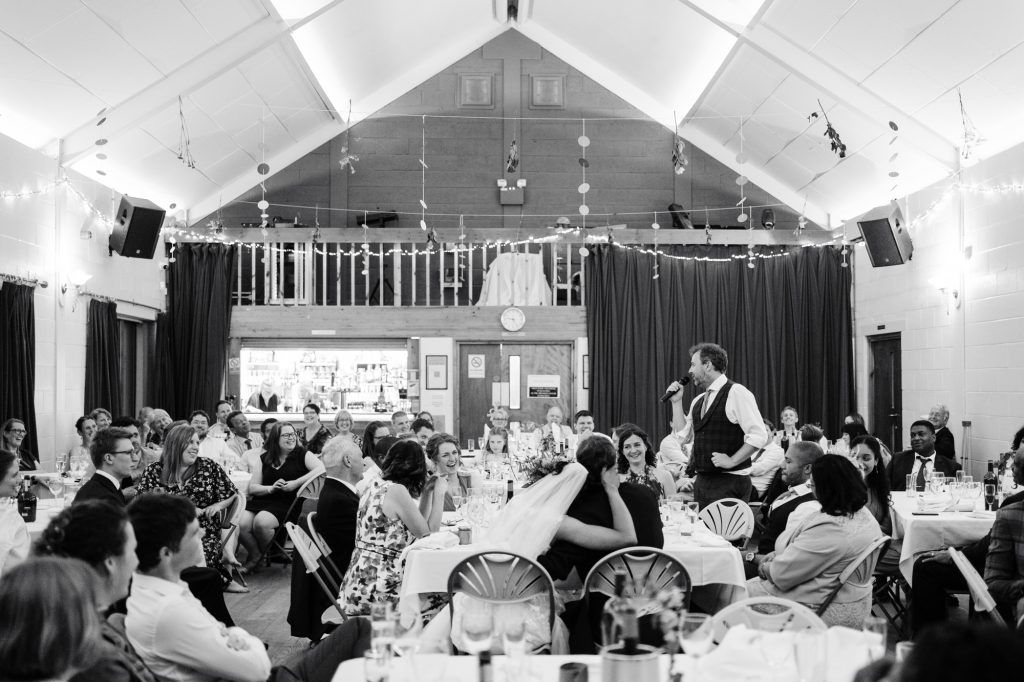
The Outfits
I really love that in the last few years, more and more couples are considering the environmental impact of their wedding. I don’t think there is a better example of recycling ingenuity than in the war and post-war era. Wedding dresses in the 1940s and 1950s were often borrowed or passed between friends. Alternatively, a bride might choose to not wear white and instead buy an outfit that they could wear again, like a simple two piece suit. Here are some alternatives to buying a new wedding dress:
- Second-hand wedding dresses/bridesmaid dresses from Oxfam, Bridal Reloved or Vinted
- Ask family/friends if anyone has one you can use
- Consider a ‘non’ wedding dress that you would wear again. I’ve also seen bridesmaids wear their own dress rather than all having matching ones
- If you would like a new wedding dress, but want to keep the budget down, you could look for a simple white high street dress or see if a family member could make one for you
As for suits, I have seen several weddings now where the groom and groomsmen wear their own suits and just get matching ties. This is such a simple way to get everyone to match without the cost of buying or hiring expensive suits. It’s also one less thing to worry about in the planning, as fitting trips can be time consuming.
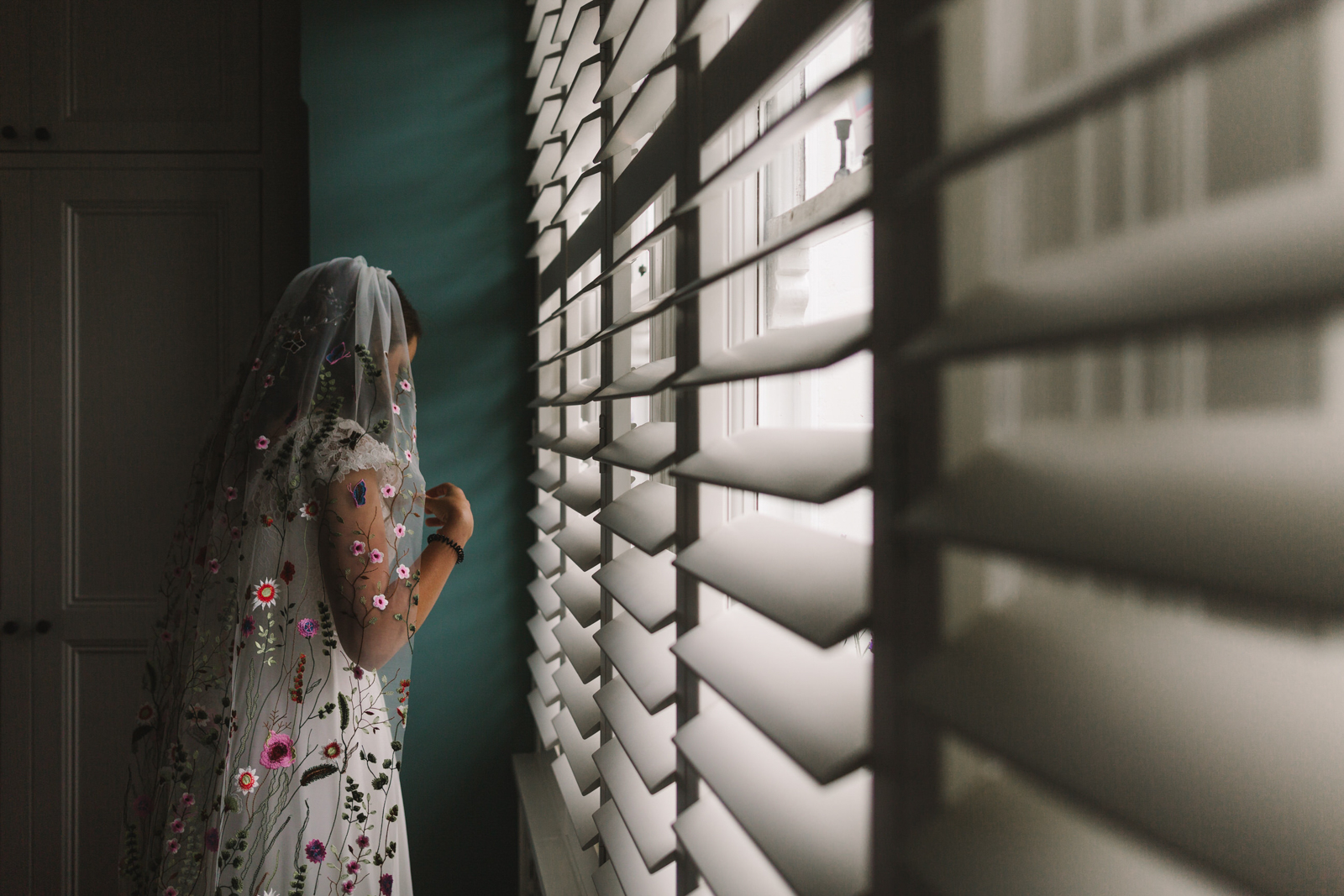
Flowers
I feel like this one is a really simple answer, but in the 1940s and 1950s the flowers used in weddings were grown here in Britain. Today it is estimated that now only 10% of the flowers bought here were grown here. That means 90% are imported and a large number of those come from Holland. Many brides would have used flowers from their garden or friend’s gardens to make a bouquet. I definitely think it’s worth considering what you or someone greenfingered can grow for you in time for your wedding. Perhaps have a few options in case the weather causes havoc. You could also consider growing some flowers to dry – there are many YouTube videos out there to show you how to do this.
You can also head to a flower market on the morning of your wedding (or perhaps the day before) and buy a lot of flowers. Rough bouquets look rustic and pretty so no need to be too much a perfectionist over it.
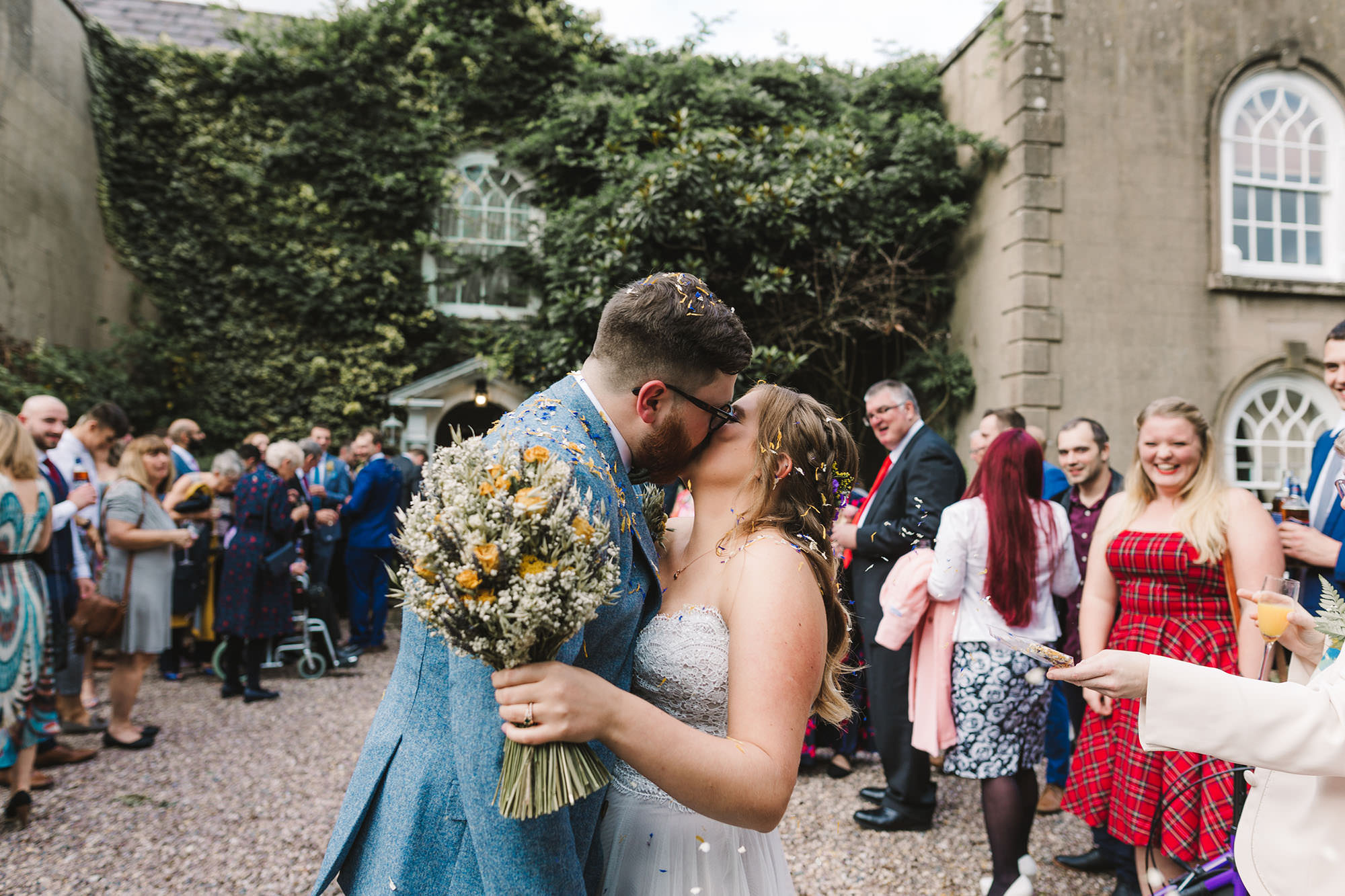
Cake
A common trick used today which originated in the 1940s, is to have one or more of your cake tiers being a ‘fake’ layer – a simple polystyrene shape covered in icing. This means that only the cost of the icing is needed. If you would like all your cake to be real, here are a few options to look at:
- Ask everyone to bring a cake to your wedding and have a pudding and cake party
- Ask someone you know who loves baking to make your cake
- Order from Marks and Spencer or another high street bakery
I’ve also seen many a wedding cake sadly wasted or go home to be frozen. If you’re working to a budget but would still like to use a cake maker, you could look at having a smaller cake than the size recommended.
Not really sure if a big cake is for you? You could look at having donuts, cup cakes or even cookies instead.
Did you know that white wedding cakes only became popular in the mid-1800s because Queen Victoria had one? Before this there wasn’t a specific tradition around cake. In fact, in medieval times, guests would arrive at a wedding reception with a loaf of bread. All the bread loaves were piled high to make a tower and the couple had to try and have a kiss over the top of it. This sounds fun, hey?

Transport
In my research, I found that a lot of couples in the 1940s and 1950s had very local weddings. They probably walked between locations or asked anyone they knew with a car (which was a novelty in itself for many) to give them a ride. Who do you know who might give you a lift? Can you walk between places? Could you bike between places?
If you want or need to hire an official transport mode, you could look at a local taxi company. Most towns and cities have companies with black or white cabs which look classy but don’t cost as much as a vintage car.
If you wanted a real 1940s or 1950s feel, you could hire a retro bus to take all your guests to the venue. This isn’t really in the spirit of ‘make do and mend’, but it’s still a sweet idea.
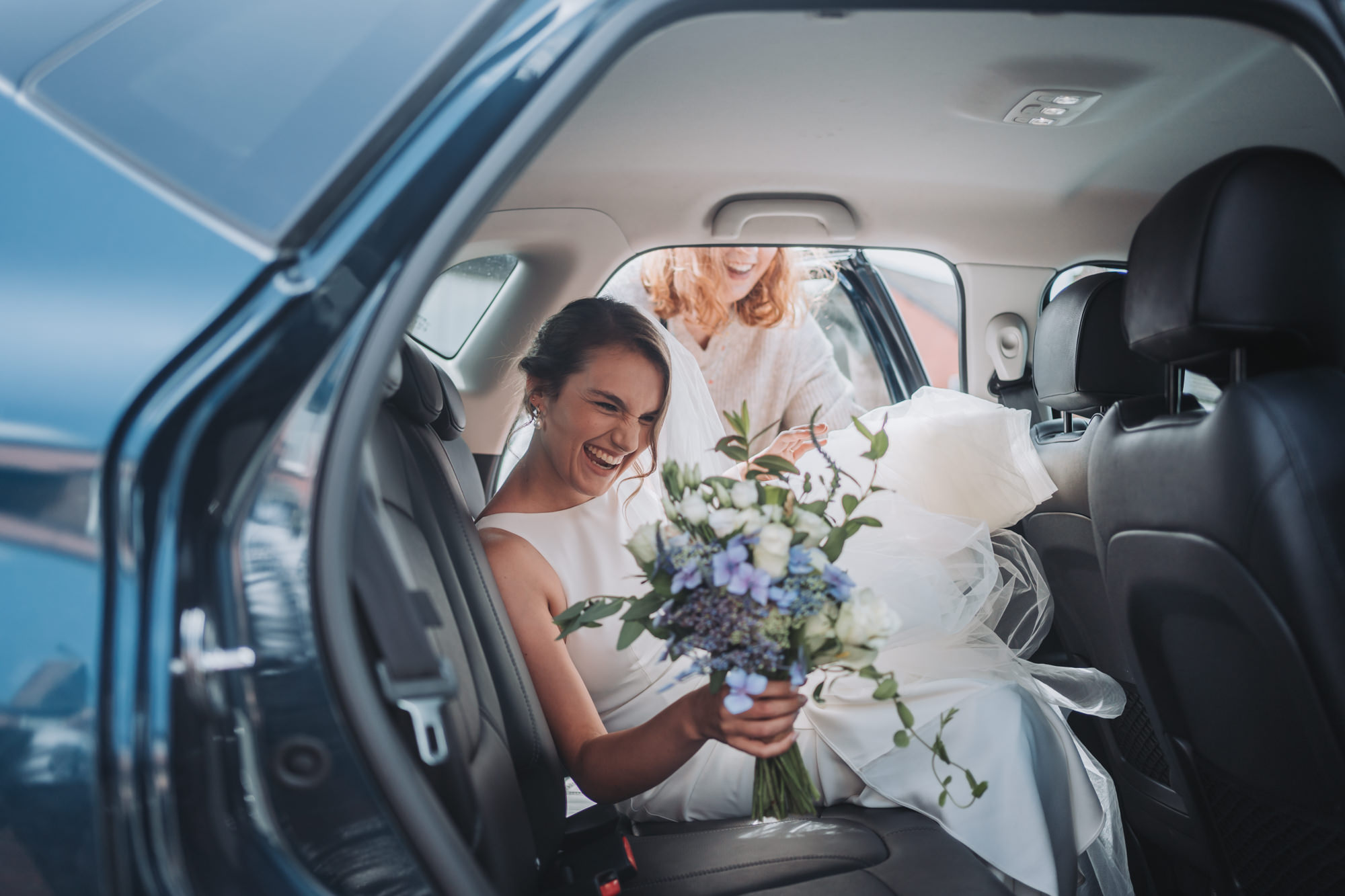
Photography
In the 1940s and 1950s, photography was still very much a novelty. Many of my grandparent’s photographs around this era were taken at other people’s weddings. Photographers would just turn up for an hour or so rather than being hired, and take a series of group photos that they would later sell to the couple, before heading off to the next wedding. They would certainly never be there for the whole day. My other Grandma, who got married in the 1930s, went to a photography studio to have their wedding photographs, as the methods weren’t advanced enough for photographers to come to weddings – or at least not affordable enough.
What can we take from this? Consider which part of the day is the most important for you to get good photographs from. You could look at having the ceremony and groups covered, or meet a photographer for a portrait session. Hiring a photographer for an hour or two is a much more affordable way to get professional images.
I’m sure some of you may well roll your eyes when you read this, but – surprise, surprise – as a professional photographer, I don’t recommend asking a friend to take your photos. The cake will get eaten, the flowers will die, but your photographs will last way beyond you. Just like my grandparents’ photo here. Good photography is absolutely worth every penny. To keep the costs down, look for micro-wedding packages. Choosing a weekday can definitely help too.
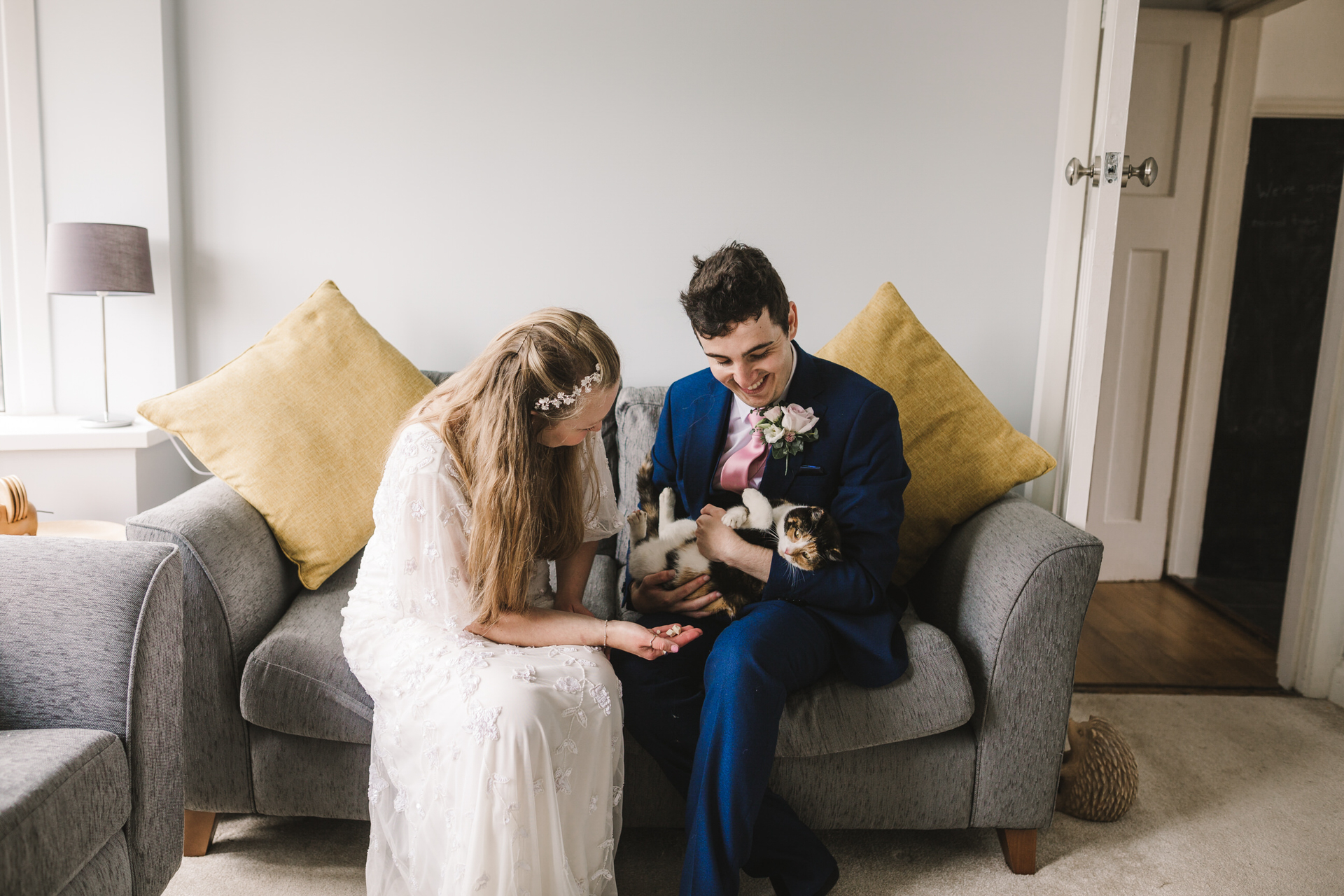
The Party
While my grandparents didn’t rave into the night, this is absolutely something you can do. A simple Spotify playlist and a speaker is the simplest way to sort it. You could also see if any of your friends are part of bands that might like to do a set or two.
However, if you have gone with a garden wedding or a village hall, there may be noise restrictions. A silent disco is the perfect way around this and makes sure everyone can dance away without disturbing the neighbours.
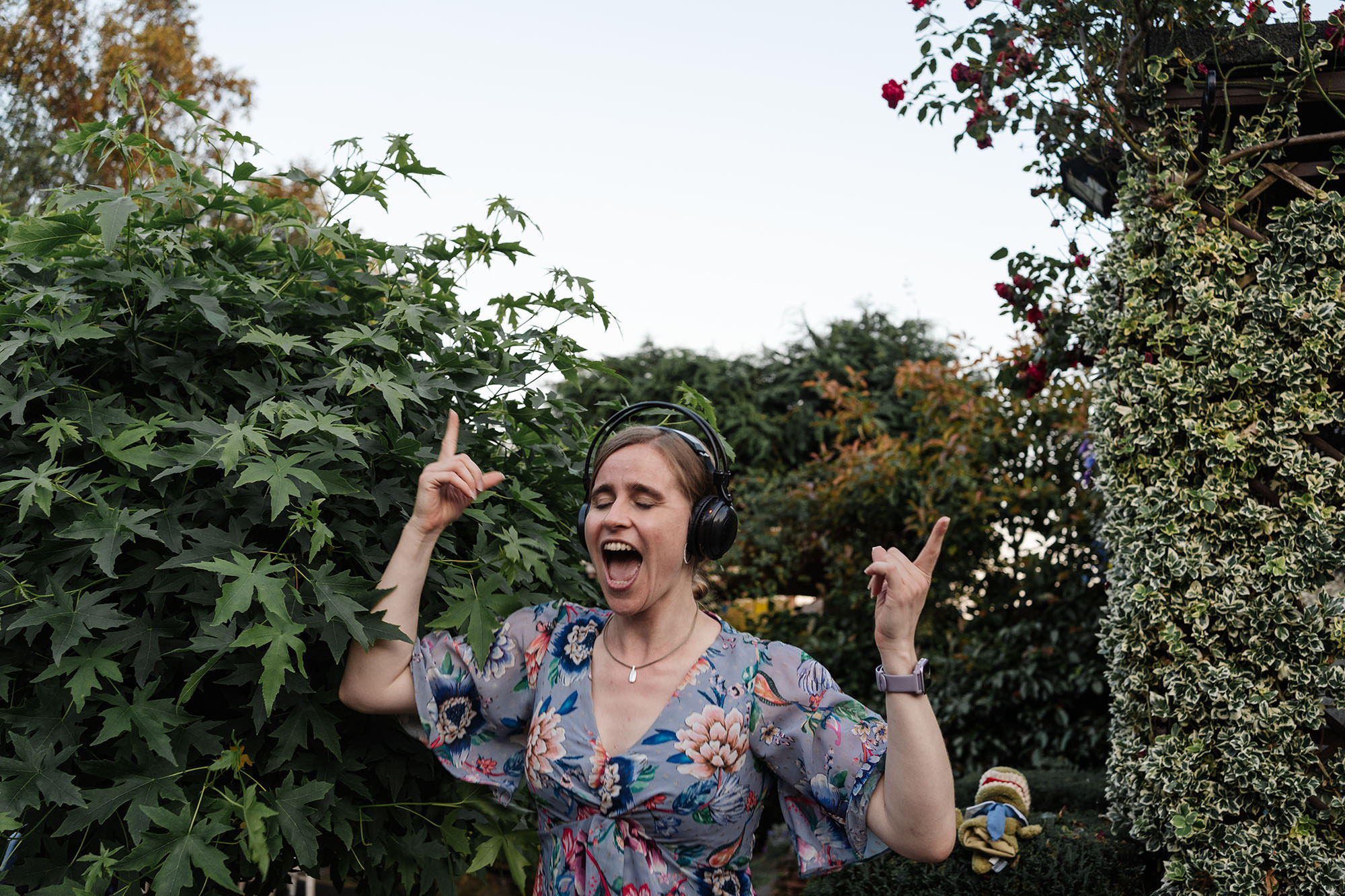
Honeymoon
My grandparents didn’t really have a honeymoon, but couples in this era would have considered a few nights in Blackpool a very rare treat. There are so many beautiful places in the UK that you can visit cheaply and easily. You could head for a city break in Edinburgh or take a drive into the Lakes. There are plenty of hotels, AirBnBs and even glamping sites available. The carbon footprint of this is considerably less than flying elsewhere too! And no passport needed.

I hope you’ve found this blog useful. If you’re planning a budget or eco-friendly wedding, I’d love to hear from you. Planning a micro-wedding or elopement? Check out this blog for tips.
